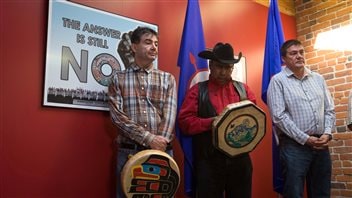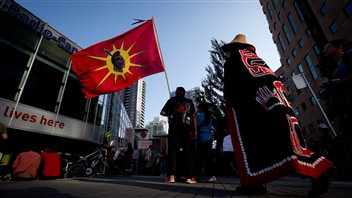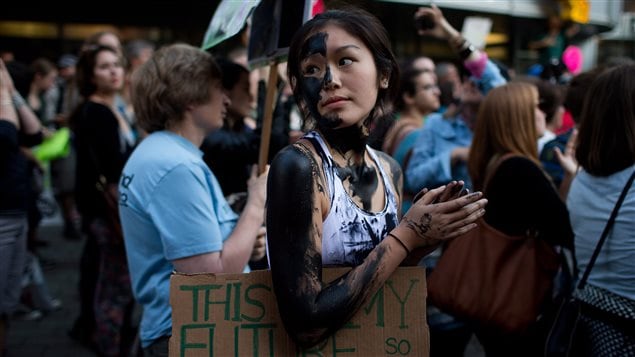Legal challenges to Canadian governments from Canada’s indigenous peoples continue to mount.
Observers say the outcomes could have a profound effect on the traditional Canadian way of life because of the enormous repercussions involved.
On Monday, a wave of court actions were launched against the proposed $7.9 billion Northern Gateway pipeline project that developers say eventually carry oil shipments from Alberta to Asia-bound tanker ships in British Columbia.

It was the latest legal salvo fired by indigenous groups, who have both won and lost recently in the Supreme Court of Canada.
In June, a First Nation in British Columbia won a stunning victory in the Court when the justices recognized aboriginal title for the first time ever.
That was followed last week by a decision that went against the Grassy Narrows First Nation that inhabits land in what is now northwestern Ontario and eastern Manitoba.
The Grassy Narrows band, concerned about logging practices and other environmental issues in and around its territory, maintained that the Federal Government–and not just the Province of Ontario–should be involved in regulating development. The Supreme Court ruled unanimously against the band.
The history of Canada is–in large part–marked by the colonization of Aboriginal peoples. Many still live in poverty surrounded by developmental projects that they deplore.
As of the 2011 census, Aboriginal peoples in Canada totalled 1,400,685, or 4.3 per cent of the national population. They are spread over 600 recognized First Nations governments or bands with distinctive cultures, languages, art, and music.
Of the three Aboriginal groups in Canada, First Nations (851,560) had the largest population (851, 560), followed by Métis, people of mixed First Nations and European heritage (451,795), and Inuit, once known as Eskimos (59,445).

A study of 2267 Indian reserves found the total land base of the reserves is approximately 2.6 million hectares, or 0.2 percent of the total land area of Canada.
Many indigenous people are growing more and more disenchanted with the way they are being treated. Some see their role as “keepers of the land” and are extremely apprehensive about the path economic development continues to take. Others want to participate more fully in the economic development. There is no one size fits all in the indigenous communities.
Their court cases are having–and will have–a lasting effect on the economy and the way people live.
Following the Supreme Court ruling on title last month, the hereditary chiefs of the Gitxsan First Nations in B.C. served notice to CN Rail, logging companies and sport fishermen to leave their territory along the Skeena River in a dispute with the federal and provincial governments over treaty talks.
After losing their case last week, the Grassy Narrows chief said he wanted more negotiations to seek consensus at how to develop the land in his region.
For some perspective, RCI contacted Gabrielle Slowey. She is an associate professor of political science at York University in Toronto. Her research concentrates on the political economy of resource development, land claims and self-government.
Terry Haig spoke by phone with Ms. Slowey from her office in Toronto.
Listen






For reasons beyond our control, and for an undetermined period of time, our comment section is now closed. However, our social networks remain open to your contributions.